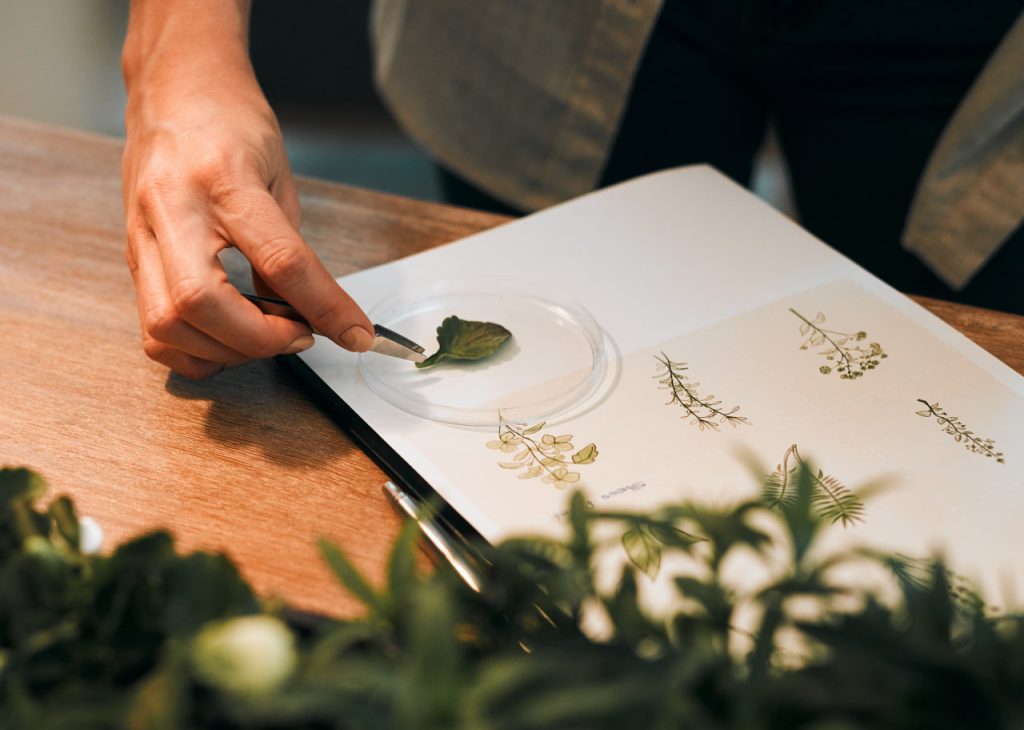As someone who has always had a deep appreciation for nature, I thought I understood the beauty of plants. I loved hiking through forests, observing different species of flowers, and tending to my garden. But I never truly saw nature in the way I do now—until I began practicing botanical art.
Botanical illustration has been an eye-opening experience for me, one that has changed the way I view the natural world. It’s not just about creating art—it’s about forming a deeper connection with the plants and the environment around us. Here’s how botanical art helped me connect with nature in ways I never imagined.
The Art of Observation: Seeing Nature Like Never Before
Before diving into botanical art, I thought I was a pretty observant person when it came to plants. I could identify flowers, trees, and shrubs, and I knew a lot about their general characteristics. However, when I began learning botanical illustration, I quickly realized how little I truly saw.
The course encouraged me to slow down and observe every minute detail—the way a leaf’s veins curve, the texture of bark, the unique patterns on a petal. The more I looked, the more I realized how intricate and remarkable plants are.
Drawing a plant isn’t just about making it look “realistic.” It’s about understanding the essence of that plant—its structure, texture, and how it interacts with light and shadow. With each sketch, I learned to appreciate plants in a new light, noticing things I had never paid attention to before. It became a meditative process where I could truly immerse myself in nature’s details.
A Deeper Appreciation for the Environment
As I got more involved in botanical art, I began to feel a deeper sense of gratitude and respect for the plants I was illustrating. I could no longer just glance at a flower and move on. Instead, I found myself studying its shape, learning about its origins, and even understanding its role in the ecosystem.
Botanical art became a tool for environmental mindfulness. Each time I illustrated a plant, I felt a stronger connection to its role in the world—whether it was helping pollinators, providing oxygen, or contributing to the overall balance of an ecosystem. It wasn’t just an art project; it was an opportunity to reflect on the importance of these living organisms and their place in the world.
Through this practice, I developed a newfound sense of environmental stewardship. I started to think more about conservation efforts, the impact of deforestation, and the urgency of protecting endangered species. Botanical art allowed me to see the beauty of nature and, in turn, the need to preserve it.
The Mindfulness of Botanical Drawing
Another unexpected benefit of botanical art has been the way it has fostered mindfulness. The process of carefully sketching and painting each element of a plant forces me to slow down and be fully present. There’s no rush. It’s just me, my materials, and the plant in front of me.
In our fast-paced world, it’s rare to take the time to just be in the moment. But when I’m drawing a plant, I find myself absorbed in the process, focused on the delicate details that make each plant unique. It’s a calming and grounding experience—one that has made me feel more connected to both nature and my inner self.
I’ve noticed that I approach the world with a more attentive eye now. Whether I’m walking through a park or exploring a garden, I’m constantly looking for new plants to observe, study, and illustrate. This mindful approach has enhanced my experience of nature, turning every walk into an opportunity for discovery.
The Emotional Connection to Plants
Botanical art has also brought out an emotional connection to the plants I illustrate. It’s not just about drawing something that looks nice on paper—it’s about capturing the plant’s story and energy. Each plant has a history, a function, and a life of its own. The more I study and draw them, the more I begin to see their personality and character.
One of the most profound moments I had was when I was working on a detailed illustration of a tree that I had come across on one of my hikes. As I carefully rendered the texture of its bark and the shape of its leaves, I felt a profound respect for its resilience and its long history. It was as though I was connecting with something ancient and wise, something that had stood the test of time.
That emotional connection to plants—developed through art—has enriched my relationship with nature. I now see each plant not just as a subject to draw, but as a living, breathing entity deserving of care and admiration.
A Journey of Connection and Discovery
Looking back, I can honestly say that botanical art has been a transformative experience. It has allowed me to connect with nature in ways I never thought possible, opening my eyes to the delicate beauty of plants and the vital role they play in our world. Through this art form, I’ve not only become a better artist but also a more mindful, environmentally aware individual.
If you’re someone who loves nature and wants to deepen your connection to it, I highly recommend giving botanical art a try. It’s not just about learning to draw—it’s about seeing the world with fresh eyes, appreciating the natural beauty around you, and discovering a new way to engage with the environment.
Botanical illustration has truly changed my relationship with nature, and I can’t wait to continue this journey of discovery and connection.

